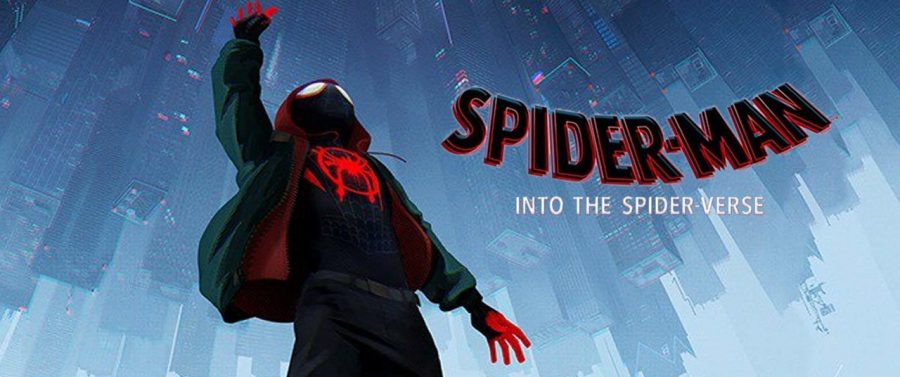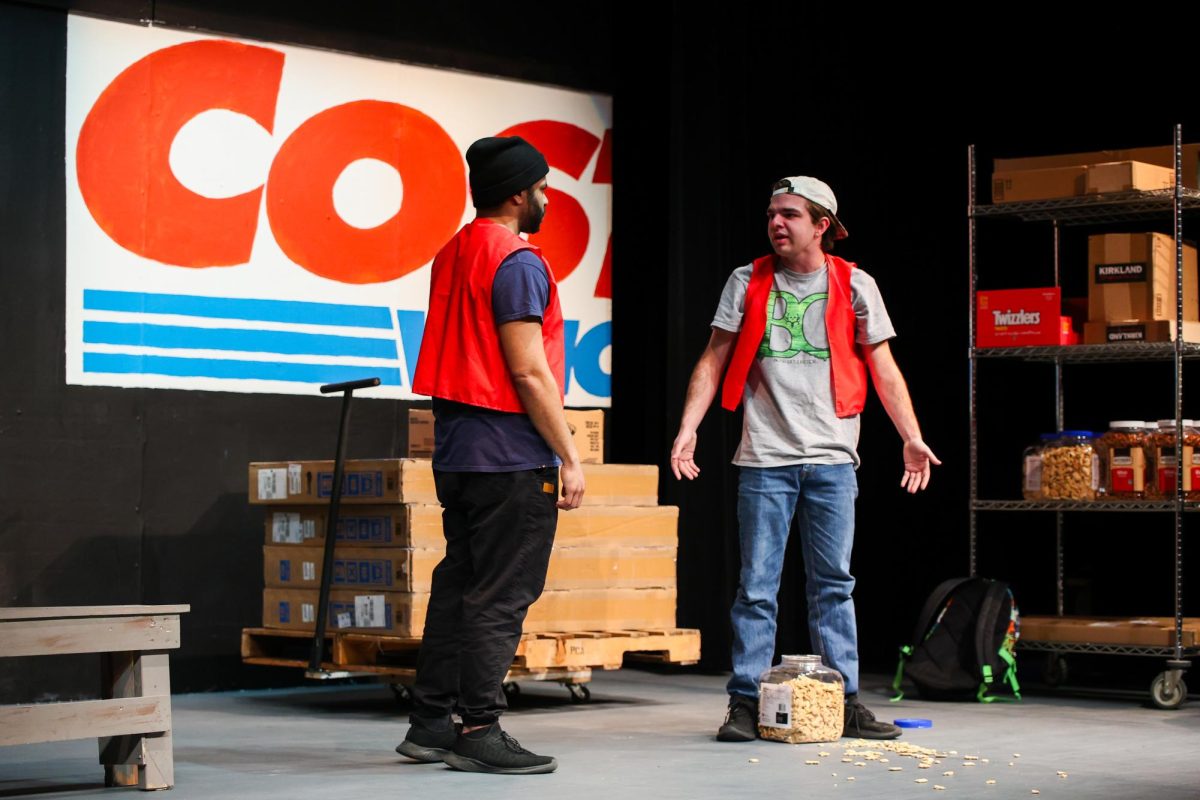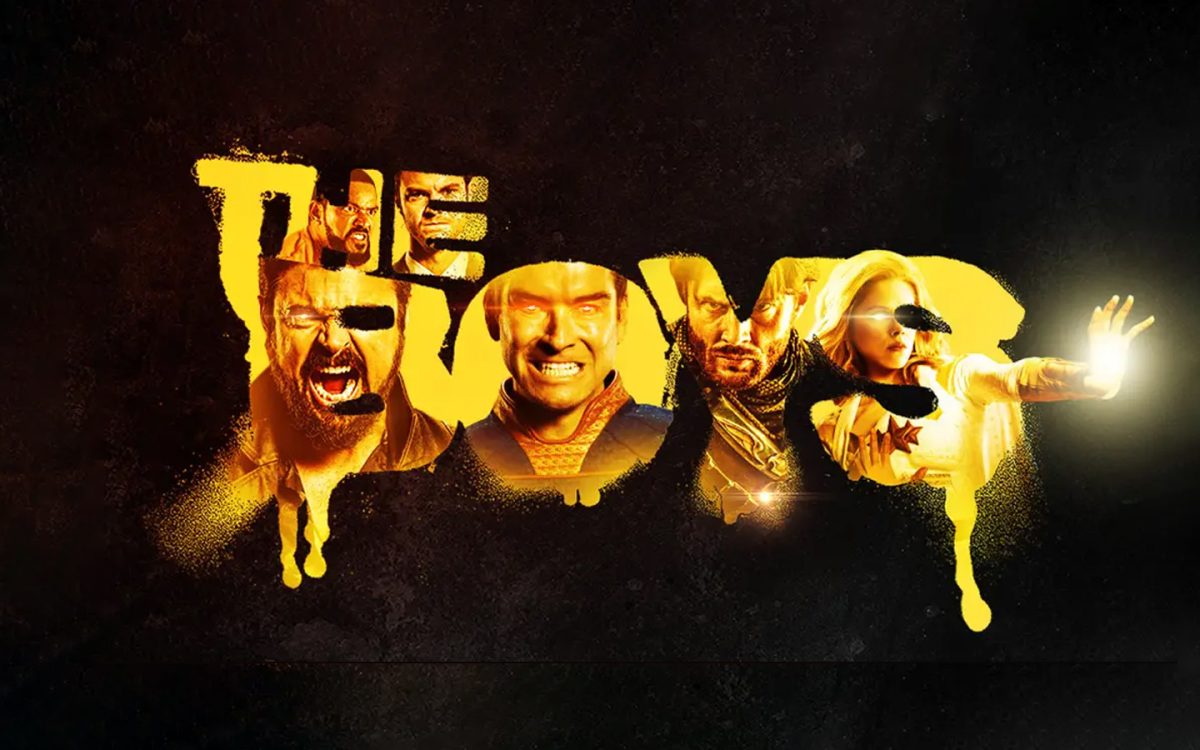Swing and a Hit!
The wall-crawler scores with a self-aware, multiverse makeover
January 21, 2019
9/10
A new and completely different Spider-Man movie hit theaters mid-December, one that does much more than make a good comic book come to life. It adds to the Spider-Man name at no cost to the character’s legacy by taking liberties with how comic books are adapted into movies, such as dynamic transitions that simulate the experience of a comic book in action, inner monologues that humorously cue in the audience to what the characters are thinking and packing in twists and turns that will surprise and excite movie-goers who want something more than the Spider-films they’ve gotten in the last decade.
Miles Morales, the new kid on the block, is not your typical Spider-Man. He hails from a working-class background in Brooklyn grounded in reality and is Afro-Latino. He does not get his start directly from personal tragedy, has a family involved in his everyday life and is a fairly well-adjusted and sociable young teenager unlike the socially awkward loner Spider-fans normally expect out of Peter Parker.
In this movie, Miles has a hard time adjusting to a new school, so he decides to indulge in his graffiti art hobby with his Uncle Aaron in an abandoned subway tunnel. It’s there that Miles gets bitten by a “glitchy” spider that he casually swats after it sneaks up and bites him. Not long after this, with the discovery of his powers coming at him in a comedy of errors, Miles goes back to the same spot where he was bitten to try to make sense of what’s happening to him when fate directs him to a fight going on between his idol, the Spider-Man of his world, and the Green Goblin. In the ensuing fight, Miles witnesses an odious experiment with a particle accelerator going wrong, leaving Spider-Man no choice but to have poor Miles go and reverse the damage done by the accelerator. From there, not only does Morales discover that there can be more than one Spider-Man, but we get to know some of the lesser-known Spider-people in a way that never feels forced but instead gels together nicely.
Helping viewers along narratively is the soundtrack. There are some heroic overtures we expect from a film like this, but audiences are also treated to the kind of hip-hop and trap music that someone like Morales would listen to, like Post Malone and Swae Lee’s “Sunflower” and “What’s up Danger” by Blackway & Black Caviar.
Best of all, almost every one of the Spider-people gets a character arc suitable for their time in the movie. Each one is accidentally transported from their respective universes, meaning that not only do major characters such as Peter Parker from a universe similar to mainstream comics and films developing from a jaded and broken-down shell of a man to someone with a purpose through his interaction with Miles, but also side characters such as Spider-Gwen play an integral part in Miles’ personal development by showing up her peers’ abilities and providing some of the most poignant parts of the movie. Even silly characters such as Spider-Ham find a special place by being a goofy and light-hearted contrast to the more serious events taking place.
This is a movie about a legacy superhero and the related revamps of his Spider-peers. Miles Morales lives up to the greatness of his favorite hero while maintaining his own identity, broadening the appeal of the character to different audiences and managing a mainstream hit off the pages of the comics. New York doesn’t always need the same kind of Spider-Man to save the day. Miles Morales works just fine.









